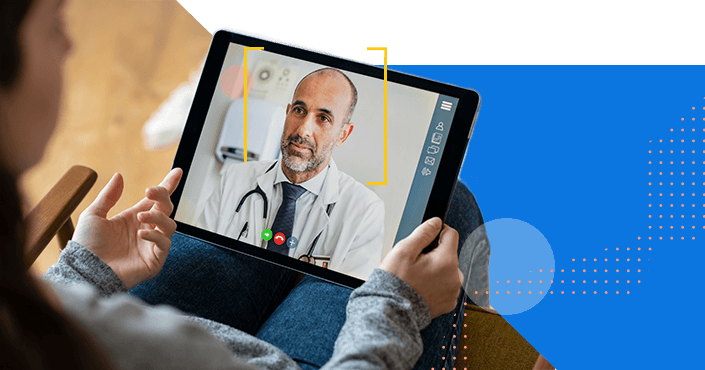It is hard to think of an area of our personal or professional lives that is not currently being impacted by technology. The healthcare industry has looked to evolving technologies to improve healthcare and outcomes for patients. Healthcare leaders have also used technology to help them with healthcare compliance issues. Technology has a role in creating a safer, more efficient and more cost effective model in which to deliver healthcare. While it has helped to create the massive amounts of data created by the provision of healthcare, it can also be used to protect the privacy of that same data.
Using Technology to Make Compliance More Effective and Efficient
- Protecting Patient Data – Cyber-attacks and other vulnerabilities in patient data warehousing and IT infrastructures have resulted in fines and a loss of consumer confidence for some healthcare providers. Remaining compliant with the Health Insurance Portability and Accountability Act (HIPAA) is a balancing act – providers must quickly and efficiently provide protected health information (PHI) to patients who may request it and other entities who may need it while simultaneously maintaining the safety of that data. Technology with document storage that includes built-in encryption can make this data less vulnerable.
- Reducing Errors and Improving Automation – Automation can help reduce errors in healthcare by improving the accuracy in transcription, pharmacy orders and improved access and adherence to guidelines and best practices. Changes in reimbursement that now favor quality over volume makes reductions in errors an area of critical focus. Of course, automation can also improve back-office efficiency in scheduling appointments, sending appointment reminders, billing and managing patient records.
- Electronic Health Records Improve Our Ability to Store and Retrieve Data – Electronic Health Records (EHR) have rapidly gained acceptance perhaps helped by the fact that there are government incentives to adopt their use. The ability to store and rapidly and accurately retrieve patient data can improve outcomes by reducing medication errors (including dangerous drug interactions), creating clinical flags and alerts to help remain in compliance with evidence-based care and generate reminders for patients. It may also facilitate consultations and improve access to clinical and diagnostic data as well as improve patient access to their own medical records.
- Secure Texting – While normal messaging services are forbidden from use in healthcare due to their vulnerabilities, there are secure messaging apps that allow for safer, more compliant messaging. Messages are encrypted prior to leaving the senders device and can be automatically deleted after they are read. This type of app helps facilitate the rapid communication that can be necessary in a healthcare setting while still protecting patient data.
- Cloud Storage – The days of physically storing patient records in file cabinets in every available space in the facility are long over. Now that same data can be stored in the cloud and only accessed by password. Physically removing patient data from the reach of those who do not need to have access is a HIPAA-compliant practice that also protects those records from fire and water damage as well as theft.
- Innovations in Healthcare Education and Compliance – Education is perhaps the single most important factor in whether or not technology is making your organization more or less vulnerable and more or less compliant. Technology is likely a critical factor in your organization’s training and education programs. It can help you be more compliant by documenting and insuring that staff have met current requirements and certifications.
- Improving Safety and Access with Telehealth and Synchronous Telehealth Visits – The pandemic has created an explosion in telehealth services. Telehealth can improve access and reduce wait times for patients and collect patient health data from wearable devices. In disciplines where outcomes are scrutinized such as chronic disease management and psychiatric services, this improved access can offer better access to both primary and specialty care.
- Electronic Incident Reporting – Electronic incident reporting systems allow healthcare providers to voluntarily report patient safety events. When these systems are integrated with EHR, patient data can be used to detect adverse events and deviations from evidence-based practices.
Using Technology to Make Compliance More Effective and Efficient
Technology can be used to make healthcare compliance easier. HealthStream can help your organization work towards more efficient use of technology to become more compliant.

